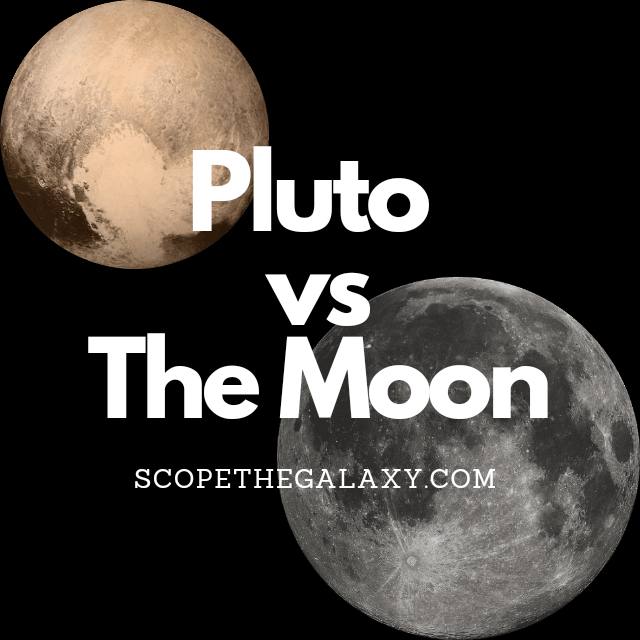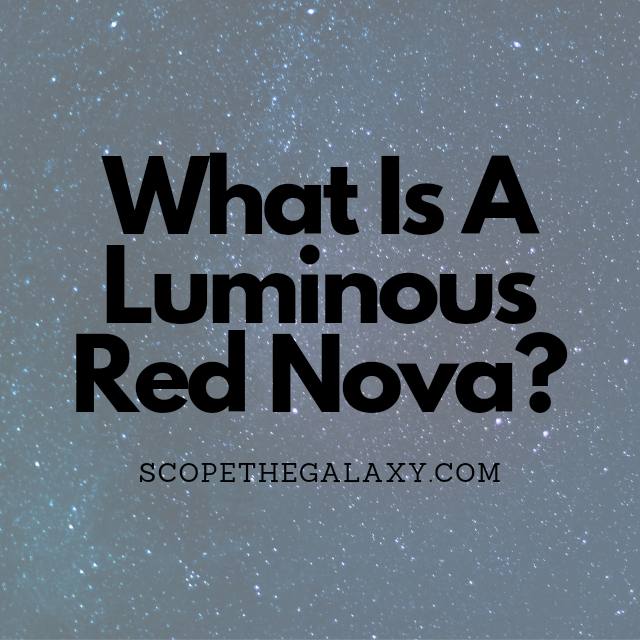The Moon vs Mercury (How Are They Different?)
The main differences between the Moon and Mercury is that the moon is a natural satellite that orbits another planet whilst Mercury is a terrestrial planet that only orbits the Sun, Mercury is the bigger of the two with a diameter of 4,879km compared to the Moon’s 3,474.8km and Mercury is naturally hotter considering it … Read more










